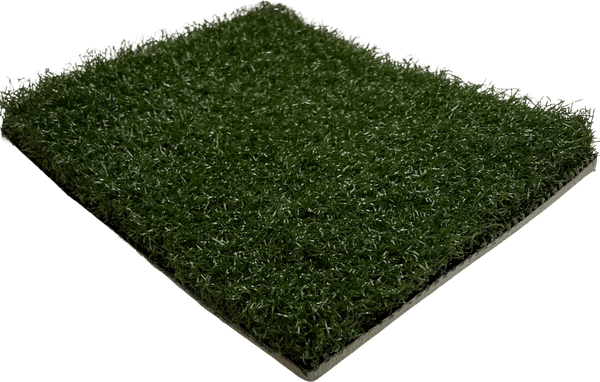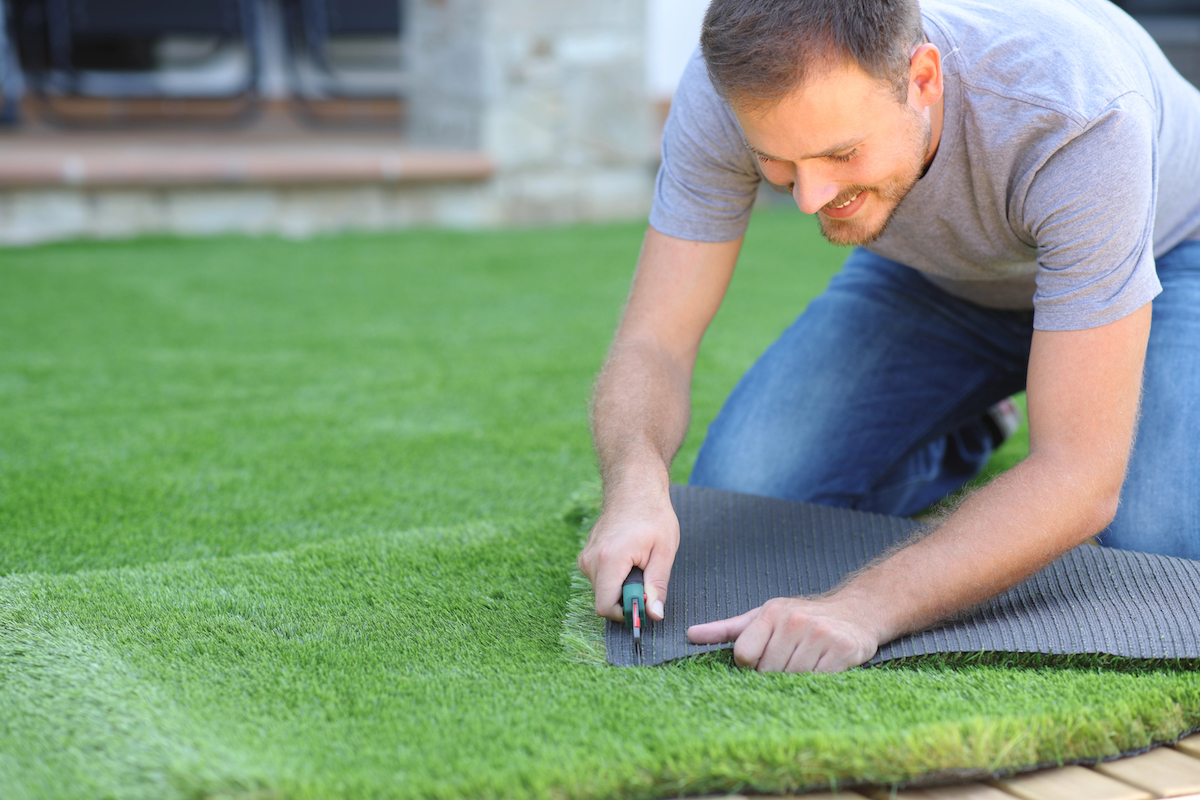Delve Into the Environmental Perks of Opting for Artificial Lawn Solutions
The adoption of synthetic grass options presents an engaging possibility to attend to pushing ecological difficulties. By dramatically decreasing water usage and reducing the application of hazardous chemicals, these options not only promote lasting landscape design but also secure regional communities. The reduced carbon impact connected with reduced maintenance tasks adds to an extra lasting method to land monitoring. The implications of these benefits extend past simple conservation initiatives, increasing questions about their long-term effect on environment conservation and total ecological balance. Exploring these measurements exposes a complex interaction worth thinking about.
Water Conservation Advantages
One of the most significant benefits of fabricated lawn is its ability to conserve water. In comparison, man-made grass does not need watering, substantially minimizing the general need for water sources.
By getting rid of the demand for regular watering, fabricated lawn adds to lasting landscape practices and assists reduce the ecological impact of extreme water intake. The preservation of water expands to the decrease of runoff, which can lead to soil disintegration and waterway pollution.
Furthermore, the installment of fabricated turf allows communities and property owners to assign water resources extra effectively, concentrating on crucial uses such as alcohol consumption water and farming. The shift towards synthetic grass not only promotes responsible water usage yet additionally straightens with broader environmental goals targeted at preserving natural resources.
As communities progressively prioritize sustainability, the water conservation benefits of synthetic turf present an engaging case for its adoption in industrial and residential landscaping jobs.
Lowered Chemical Use
The shift to synthetic grass significantly decreases the dependence on chemical treatments commonly made use of in natural lawn maintenance. Traditional lawn administration typically entails the application of chemicals, herbicides, and fertilizers to advertise growth and control pests. These chemicals can posture threats to human wellness, regional wild animals, and the atmosphere, adding to dirt and water contamination.
In comparison, synthetic grass removes the demand for these damaging substances. By reducing the release of synthetic substances into the environment, man-made lawn advertises healthier soil and water systems.
Furthermore, the absence of chemical drainage connected with man-made grass installments helps secure neighborhood rivers from contamination, supporting aquatic life and maintaining biodiversity. Arizona turf. As communities significantly prioritize sustainable practices, going with fabricated grass presents a viable solution that straightens with environmental preservation objectives. With this shift, homeowner can enjoy lavish environment-friendly spaces without compromising ecological wellness, leading the means for a more lasting future
Reduced Carbon Footprint

Additionally, the setup of fabricated grass can cause significant water conservation. All-natural yards call for significant quantities of water for watering, which not just includes in the carbon footprint connected with water removal and therapy yet also pressures local water resources. On the other hand, synthetic grass requires very little upkeep, requiring no watering, thereby dramatically decreasing water use and its connected energy prices.
Additionally, the long life of artificial turf contributes to its lower carbon influence. With a life expectancy of as much as 15 years or even more, the requirement for frequent replacements is reduced, causing much less waste and reduced energy consumption in manufacturing and getting rid of standard turf Get More Information choices. On the whole, synthetic grass provides a lasting alternative for eco aware landscaping.
Habitat Preservation
Habitat conservation is a crucial factor to consider in the argument over landscape design choices, especially when contrasting synthetic grass to all-natural turf. Natural turf lawns commonly call for considerable maintenance, including the usage of chemicals, herbicides, and fertilizers, which can negatively influence neighborhood ecological communities. These chemicals can seep into the soil and waterways, damaging native flora and animals and disrupting neighborhood habitats.
In comparison, fabricated turf offers a possibility to decrease the eco-friendly impact of landscape design. By selecting artificial turf, house owners can lessen the disruption of all-natural environments connected with typical yard care methods. Synthetic grass gets rid of the need for hazardous chemicals, consequently protecting close-by wild animals and maintaining the integrity of surrounding ecosystems. The setup of fabricated turf can lead to the conversion of previous turf areas into more biodiverse landscapes, such as pollinator gardens or native plant areas, which can support regional wildlife.
Ultimately, the transition to man-made grass not only conserves water and decreases maintenance efforts yet additionally cultivates an extra unified connection between human activities and the natural surroundings, advertising environment preservation at the same time.
Long-Term Sustainability
Long-term sustainability is a vital variable in reviewing the benefits of man-made turf over conventional lawn lawns. One of the most significant benefits of artificial lawn is its durability; it can last up to 15-20 years with marginal maintenance, whereas all-natural yard calls for frequent reseeding and substitute. This longevity minimizes the requirement for constant sources, such as water, fertilizers, and chemicals, which are necessary for maintaining a healthy yard lawn.
Furthermore, man-made turf adds to a reduction in carbon emissions associated with yard treatment equipment. Standard yards often need gas-powered mowers, trimmers, and blowers, every one of which contribute to air contamination. Phoenix turf companies. On the other hand, synthetic grass gets rid of the demand for such devices, promoting a cleaner setting
Furthermore, the manufacturing of synthetic grass find more information significantly utilizes recycled materials, improving its sustainability account. As manufacturers embrace environment-friendly techniques, the ecological impact of fabricated turf continues to reduce.

Final Thought
The fostering of synthetic grass solutions provides considerable environmental advantages, consisting of substantial water conservation, decreased reliance on damaging chemicals, and a lower carbon footprint. Man-made lawn help in protecting natural habitats by lessening land disruption and advertising long-lasting sustainability through the use of long lasting products. Collectively, these aspects highlight the potential of fabricated lawn to add favorably to environmental wellness and provide a sensible Visit Website choice to typical landscape design practices in a progressively resource-conscious world.
In contrast, artificial grass does not need watering, dramatically minimizing the general demand for water sources. By minimizing the launch of synthetic compounds right into the ecological community, man-made turf advertises healthier dirt and water systems.
Moreover, the installation of synthetic turf can result in significant water conservation. In comparison, fabricated lawn needs very little upkeep, needing no watering, thereby significantly minimizing water usage and its connected power expenses.
